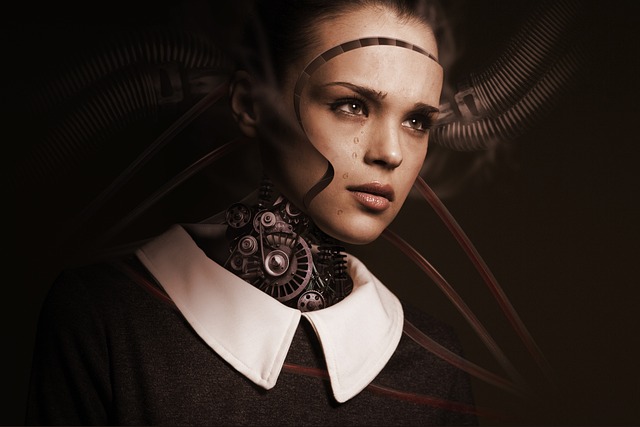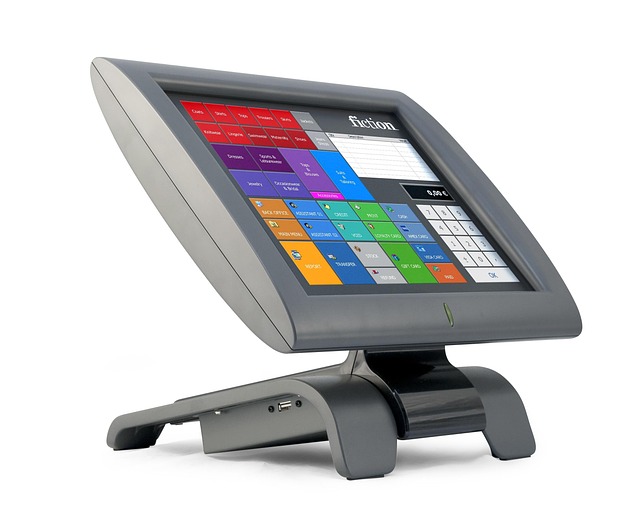The landscape of modern business is rapidly transforming, largely due to advancements in robotics and artificial intelligence (AI). As we explore the depths of human-robot compatibility, it becomes evident that the synergy between humans and machines is not just a technological marvel, but an emotional and social journey that we are all a part of.
Robotics has changed the way we operate in various industries, from manufacturing to customer service. Robots are no longer confined to assembly lines; they are interacting with us in more sophisticated ways. This evolution raises an important question: How can we ensure that these machines complement human abilities rather than compete against them?
Artificial intelligence plays a pivotal role in enhancing human-robot compatibility. With AI, robots can learn from human interactions, adapt their responses, and even anticipate our needs. Imagine a customer service robot that doesn’t just follow a script but actively engages with you, understanding your mood and preferences. This type of interaction fosters a sense of connection and builds trust between humans and machines.
Automation, while often seen as a threat to jobs, can actually enhance our work experience when implemented thoughtfully. In businesses, automation streamlines processes, allowing human workers to focus on higher-level tasks that require creativity and problem-solving. The key lies in creating a collaborative environment where humans and robots coexist harmoniously.
Consider the healthcare sector, where robots assist in surgeries and patient care. The emotional aspect of these interactions cannot be overlooked. For patients, a friendly, helpful robot can alleviate anxiety and enhance the healing process. For healthcare professionals, having advanced tools can help reduce burnout and improve job satisfaction, paving the way for a more compassionate approach to care.
The challenge of ensuring effective human-robot compatibility lies in designing robots that are not only efficient but also empathetic. Designers and engineers are increasingly focusing on creating machines that can express emotions and understand human social cues. This emotional intelligence in robots allows for a smoother interaction, which is essential in fostering acceptance and reliance on their abilities.
As we move forward, it’s crucial for businesses to consider the emotional and psychological factors at play in human-robot compatibility. Training employees to work alongside robots and educating them on the benefits of AI can help bridge the gap, making technology an ally rather than an adversary. By embracing these advancements and fostering an environment of collaboration, we can leverage robotics and AI to not only enhance productivity but also enrich the human experience in the workplace.
Ultimately, the journey through the realm of robotics and AI is not just about technology; it is about understanding who we are as humans and how we can work together with machines to create a better future. The key to success will lie in how we embrace and adapt to this inevitable fusion, focusing on compatibility rather than conflict.



